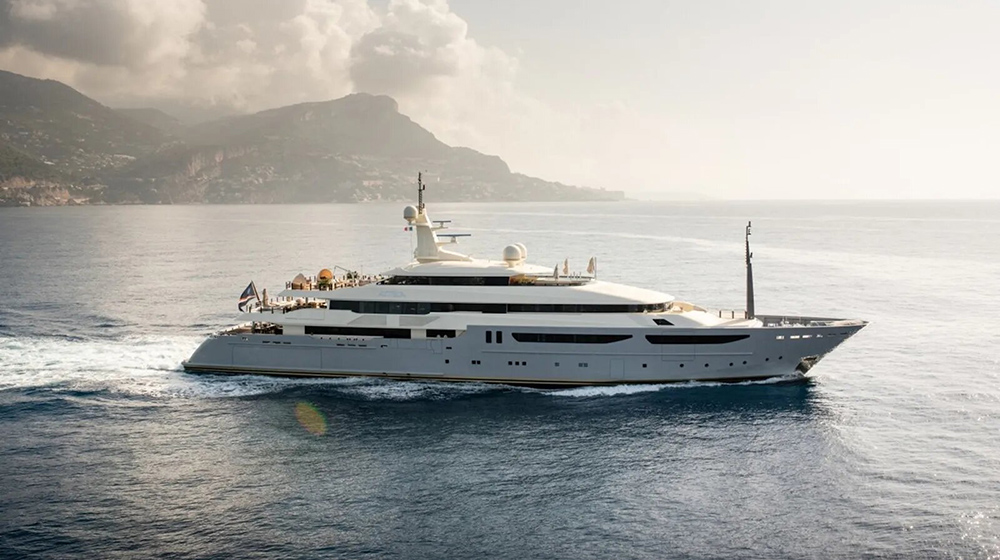
An AI-driven robot boat has crossed the Atlantic Ocean
The crewless robot ship named Mayflower after the historic vessel that crossed the Atlantic 400 years ago has completed the journey from Plymouth to Halifax.
The Mayflower Autonomous Ship (MAS) traveled 2,700 miles (4,400km) from Plymouth, UK, to Halifax in Nova Scotia, Canada. It was due to go to Massachusetts in the USA like the original Mayflower, however, it was decided the robot boat would go to Canada to investigate issues it had while at sea.
The history of the original Mayflower
Just like the AI robot ship also faced complications, the Mayflower suffered delays, causing the Pilgrims to arrive in November instead of early October. As they had to survive winter unprepared, only half of them survived the first winter at Plymouth, and it was thanks to the help of local Indigenous people who taught them how to gather food and survival skills that they managed to survive.
The Mayflower was an English ship that transported the Pilgrims from England to the New World in 1620. After 10 weeks at sea, its 102 passengers and 30 crew members reached America, dropping anchor in Massachusetts.
This boat was a 30m (100ft) triple-masted vessel, with canvas sails and a top speed of three knots (6km/h).
From discovering the New World to unveiling New Technology
The solar powered trimaran is 15m long (50ft) and can speed up to 10 knots (20km/h). It was navigated by an on-board artificial intelligence created by IBM using information from six different cameras and over 50 sensors. Creators hoped to bring awareness on the development of technology since the Pilgrims set sail for the New World.
The ship departed shore in the UK on April 29, expected to take about three weeks to make the journey. This is a big contrast with the Mayflower’s crossing in 1620 that took over two months. While at sea, it suffered technical difficulties, therefore the decision was made to divert the AI vessel to Halifax in order to perform tests on the robot.
“The journey she made across was arduous and has taught us a great deal about designing, building and operating a ship of this nature and the future of the maritime enterprise.”-Project director Brett Phaneuf
In the original route, the AI-powered boat would sail to Plymouth and then move to Washington DC. However this was changed due to the technical issues.
The future of unmanned vessels
As the world prepares for the first autonomous vessels, different companies have been making several approaches to speed up edge computing so ships no longer have a captain or onboard crew. They do this using Artificial Intelligence (AI), a system that allows constant machine learning, simulating human intelligence in processes by machines.
In September last year Germany got ready for the world’s first autonomous voyage. We also witnessed the eye of a storm thanks to a Saildrone Explorer that ventured into a hurricane. All these advances in the technology increase predictability, safety, efficiency and productivity, making it easier and safer to travel with autonomous vessels.
According to the Maritime Unmanned Navigation through Intelligence in Networks (MUNIN), these will save over 7 million dollars over 25 years in fuel consumption, crew supplies and salaries. However, it is still not the end for the human captain or onboard crew, as changes are being made progressively yet slowly.
Do you think we will end up with unmanned vessels in the future? Drop us a comment on our social media, we are on Facebook, Instagram and Twitter!













_v2.svg)
_v2.svg)









_v2.svg)


